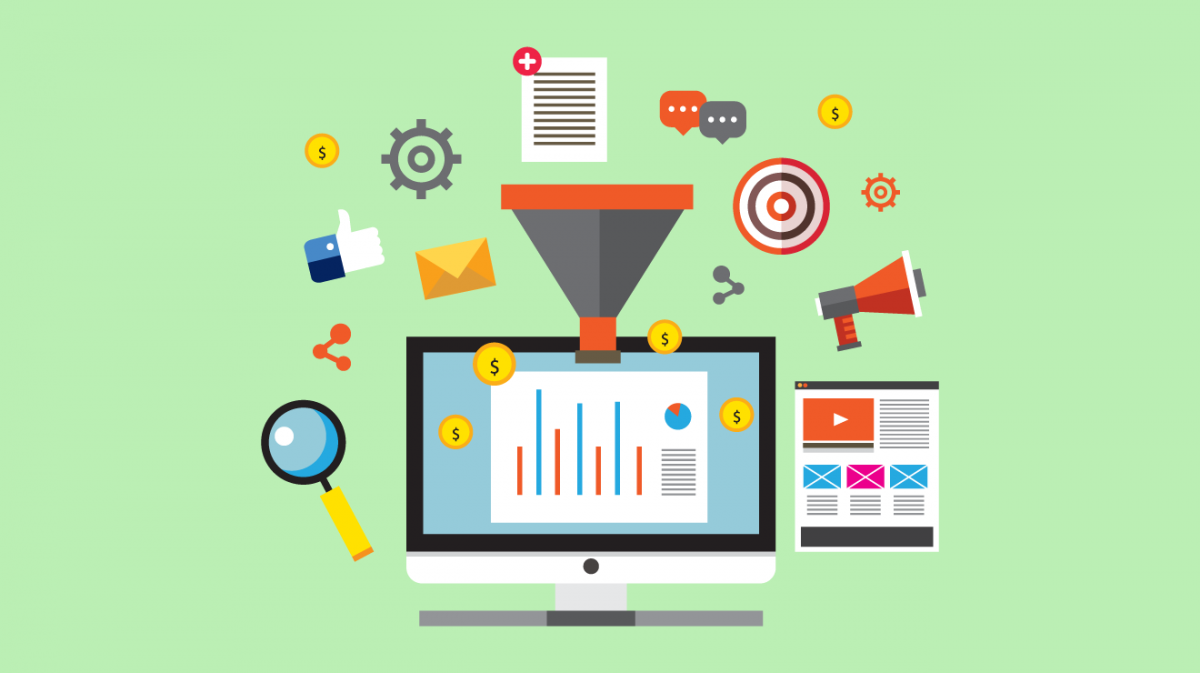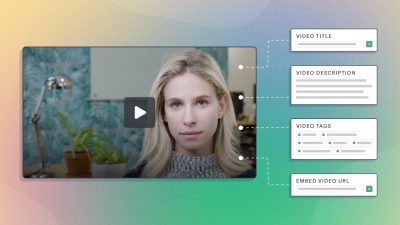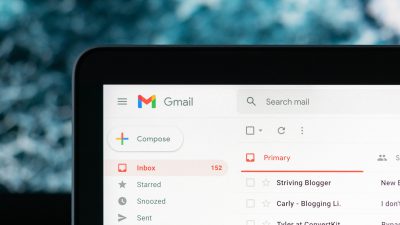Image Credit: Freepik
The phrase ‘content is king’ has gone undisputed for several years now, and for good reason. Inbound marketing and SEO strategies have been very successful for many companies. However, customers today expect marketing to be timely, personalized, and helpful. If you miss the mark, you might not get another shot to capture their attention.
Not surprisingly, many companies are choosing to automate their marketing campaigns to ensure they are on target with their messaging to consumers. To stand out from the competition, and engage their audience, many are also finding video to be a really important tool in their arsenal.
If you’re looking to engage more prospects and drive a higher ROI, keep reading to learn how to enhance your automated marketing campaigns with video.
What is Automated Marketing?
In its most basic form, automated marketing refers to a system that ensures timely actions are taken in response to specific behavior exhibited by a prospect or customer. It can be as simple as sending a follow up email after someone signs up for a service online. Or, it can be a sophisticated, multi-layered approach to nurture leads and move prospects through the different stages of a purchase decision.
Automated marketing offers many benefits compared to traditional, hands-on marketing. A major advantage is that when an automated campaign is setup correctly, fewer leads will fall through the cracks. Theoretically, that means more people will ultimately purchase your products.
It also takes tremendous time-pressure off of marketers. After the initial campaign creation, minor tweaks and revisions are all that is required to keep the marketing machine ticking along and building on past successes. Campaigns that are created on a one-off basis are also arguably more prone to human error when compared to a system that is designed, tested, and refined over time.
How Video Can Accelerate Automated Marketing Campaigns
Automated marketing campaigns can be used for many different aims. A popular approach is to target messaging to prospects as they move through different stages of your sales funnel. Typically, the stages are described as awareness, consideration, decision, and retention.
Brand Awareness
For content intended to increase brand awareness, light-hearted, shareable videos on social media are best. A video that your targeted prospect will enjoy and repost that they uncover on your Facebook page, for instance, would be perfect.
How does video accelerate this stage? It’s all about reach, and being present where your prospects are hanging out when they aren’t actively seeking something your company offers.
Social Media
Most people spend lots of time on social media every day. By designing video for different platforms, you can target your prospects on those platforms.
Social media giant Facebook recently made changes to their algorithm to increase the reach of video. And, Facebook is continuing to launch features that bring it into closer competition with YouTube, which will only increase its importance in terms of web-presence and reach for most companies. Further, content featured in Twitter’s new Moments is particularly eye-catching when it’s an autoplaying video in the feed. Across the board, video is playing an increasingly central role on social media.
For inspiration, companies doing a great job with brand awareness campaigns are GoPro and Home Depot’s YouTube channel.
The gamble with top-of-funnel marketing is that people will actually think of you when it’s time to shop for your products or services. Taking the Home Depot example, if their entertaining DIY videos instill enough confidence in their audience, the next time one of their viewers needs to buy a specialty tool of some sort, that person will likely think to go to the experts instead of another store.
Importantly, organic social reach often needs to be bolstered with paid social ads, and this is also true for video content. Platforms like Twitter, Facebook and Instagram have introduced new video ad formats with powerful targeting options in response to the growing demand for these formats from marketers looking to extend their reach.
Attracting More Inbound Traffic With Video
Especially with B2B products or services, the first direct contact with a potential customer might not end in a sale. The internet is full of window-shoppers, so providing content that will be helpful to those doing targeted research around products or services you offer is a great way to plant the seeds of brand affinity.
Including rich content, like video, on pages with information about products or services is a great way to improve on-page SEO to help attract organic search traffic to your site. Tools like SproutVideo’s video sitemaps will tell search engines where to locate and index that content, while visitors to the page are more likely to stick around longer, and visit more pages compared to those arriving on a site with no video.
All of those factors send positive signals back to search engines about the visitor experience on the page, as well as the relative value of your content compared to others, helping to move your site up in the rankings for relevant search terms.
Capture More Leads With Video
Once targeted traffic is arriving on your website and poking around for more information about your products and services, you now have opportunities for lead capture, and video can help with that as well.
Depending on the video, two great options are email-gating your content, or using post-play screens to capture leads or drive traffic to another landing page.
To determine which option might be best for your campaign, you always have to consider the context and positioning of your videos. If you are a professional services firm, and one of your marketing pages includes premium content, such as video interviews with industry thought-leaders, then email-gating might be a great option for some of those videos. People interested in your space are likely to be willing to exchange some personal contact information for some exclusive words of wisdom from an expert in a given domain.
That same approach, however, wouldn’t necessarily work for a product demo video. Say you sell B2B machinery, and the products you offer are large, expensive, and complex. A video is likely the best way to showcase the power and functionality of these tools, and you’ll want as many people to see that video as possible. For that reason, gating your content might not make that much sense.
In the B2B machinery case, a customized call-to-action at the end of the video would help continue the conversation with the prospect. You can display a signup form to capture their contact information, or link to another landing page with more resources or ways to contact your company.
Either way, when capturing contact information, be sure to tag the viewer with identifying information, such as the title of the video they watched, to help you improve the targeting of future campaigns you might send them. If you’re curious to test this out, SproutVideo’s integrations with Drip and Infusionsoft, two great marketing automation platforms, support viewer tagging.
For instance, if they watched a video about an upcoming conference, an email campaign with more information about the speakers, or a special offer on early bird tickets, would be very appropriate. If they were shopping for machinery, and filled out a contact form after watching a specific video, you can create a campaign to send more documentation or pricing information for that specific item.
The best part is that all of this can happen without any manual intervention beyond the initial setup.
We’ve barely scratched the surface of the many ways marketing automation campaigns can be used, and we’d love to hear your take on it. Have you implemented video in your automated marketing campaigns? Let us know in the comments below, or on Twitter!








